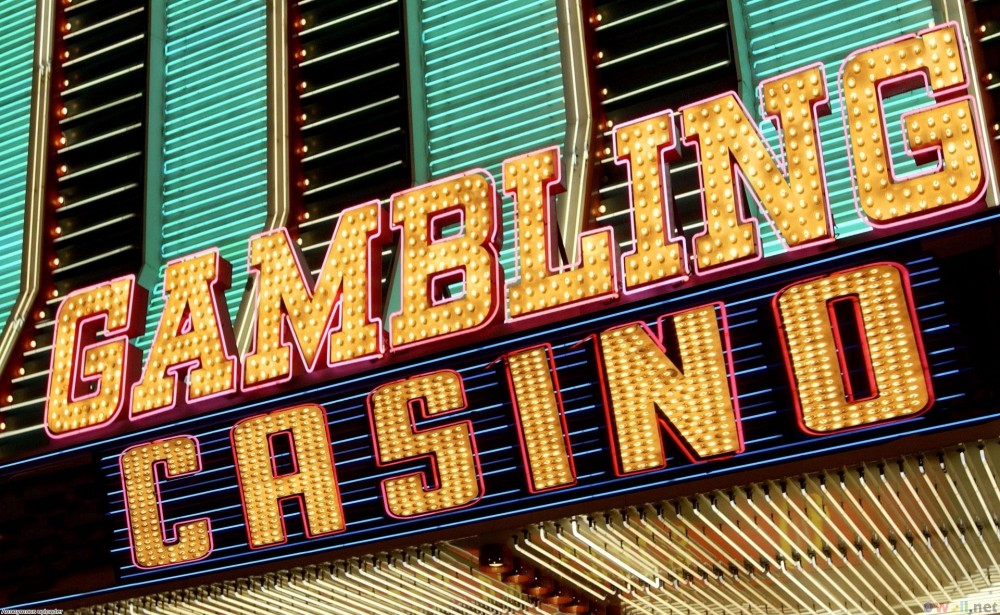When I was an executive host for MGM, I once got a call from a casino manager in Los Angeles who said a customer playing small limit poker wanted to go Las Vegas and could I get him a room. As a favor, I booked it at room comp only hoping to get more referrals later.
The customer lost over $100,000, and in the next month he lost a lot more.
I was totally shocked at the amount of money he lost. This was not a unique story. I met a woman playing poker who won about $1,000. I asked her if she would like to go to Vegas some time and gave her my card. That weekend I got a call, and she said she would take me up on the offer, and I booked her a room at room comp only.
When I checked her play, she had lost $60,000. Again, I could not believe the amount she ended up losing. This is just two stories about California poker players that go to Las Vegas and lose fortunes at other games. I have hundreds of these tales.
Recently I took a weekend trip to Las Vegas to play poker with my wife at the Bellagio. I got involved in a number of hands with a younger player who beat me out of several pots. A few hands later, he said he was taking his wife to play blackjack with the thousand he beat me out of. If Bellagio did not have poker and had not given me a poker rate, they would not have the money I spent staying, playing and dining there.
Now here is some basic math about a poker player’s worth. All Texas Hold’em games can produce 32 to 40 hands per hour, so let’s use 36 hands × $5 drop for $180 per hour as a base. Let’s say a game goes 10 hours for $1,800 per table in revenue a day.
Let’s say our hypothetical player plays every day. If a player contributes those ten hours, he pays $18 an hour for $180.00 dollars per day for the service of the casino providing a table and a dealer. Now if that player plays 360 days at $180 that equals $64,800 a year that the player is worth.
That being said, poker as a stand-alone entity represents a small amount of direct revenue to a casino. But here is the secret–the crossover business is a key marketing tool that California understands, but Las Vegas still has not been able to completely grasp. Visitors from California made up nearly 30% of the visitors to Las Vegas in 2014. Las Vegas’ casinos must cater to the California gambling market.
A Vegas casino can easily build up a database of poker players in California who visit Las Vegas for recreation. California players can play poker at the largest card rooms in the world at home; they go to Vegas to gamble at other games (I’m guilty of this myself), stay in a nice room and eat, shop, dine and watch shows, just like any other gambler. Do not be fooled about a player’s true worth by labelling him simply a “poker player” as if he has nothing to contribute to your bottom line.
Offering poker in a casino is just a just a means to the ultimate end–a profitable casino bottom line. You may not see the profits in your spreadsheet from the poker room, but if you do not look beyond that number, you will miss all the money these players are spending in the other areas of the casino. When players walks in the door, they are going to spend money from the moment they step on your property until they leave. Steve Wynn said it best when he said something to the effect that one thing is for certain: if people pass through your casino, some of their money is magically left behind.
In today’s competitive gambling market, it’s a mistake to shut out any demographic. Any casino that doesn’t have a poker room doesn’t understand gamblers and is doomed to fail.
Robert Turner is a legendary poker player and casino/billiard marketing expert. Robert is most well-known for creating the game of Omaha poker and introducing it to Nevada in 1982 and to California in 1986. He created Legends of Poker for the Bicycle Casino in 1995. He also helped create Live at the Bike, the first live gaming site broadcast on the Internet in 2002.
He has spent over 30 years in casino marketing and player development. He has served as an executive host at the Bicycle Casino and MGM. He is currently working as a casino consultant.
Robert can be reached at robertturnerpoker@gmail.com for consulting, marketing and coaching. Find Robert on Facebook at https://www.facebook.com/thechipburner and on Twitter @thechipburner.




